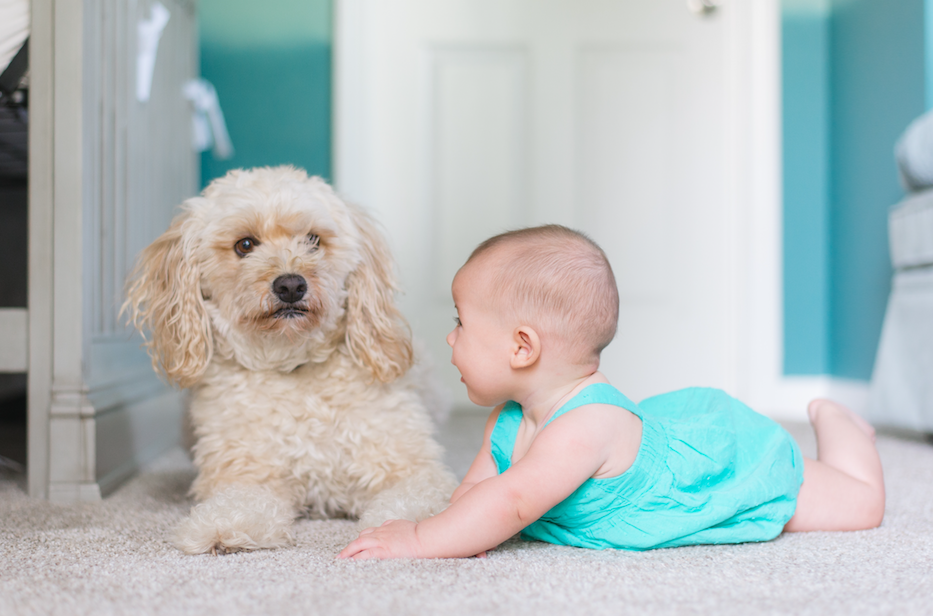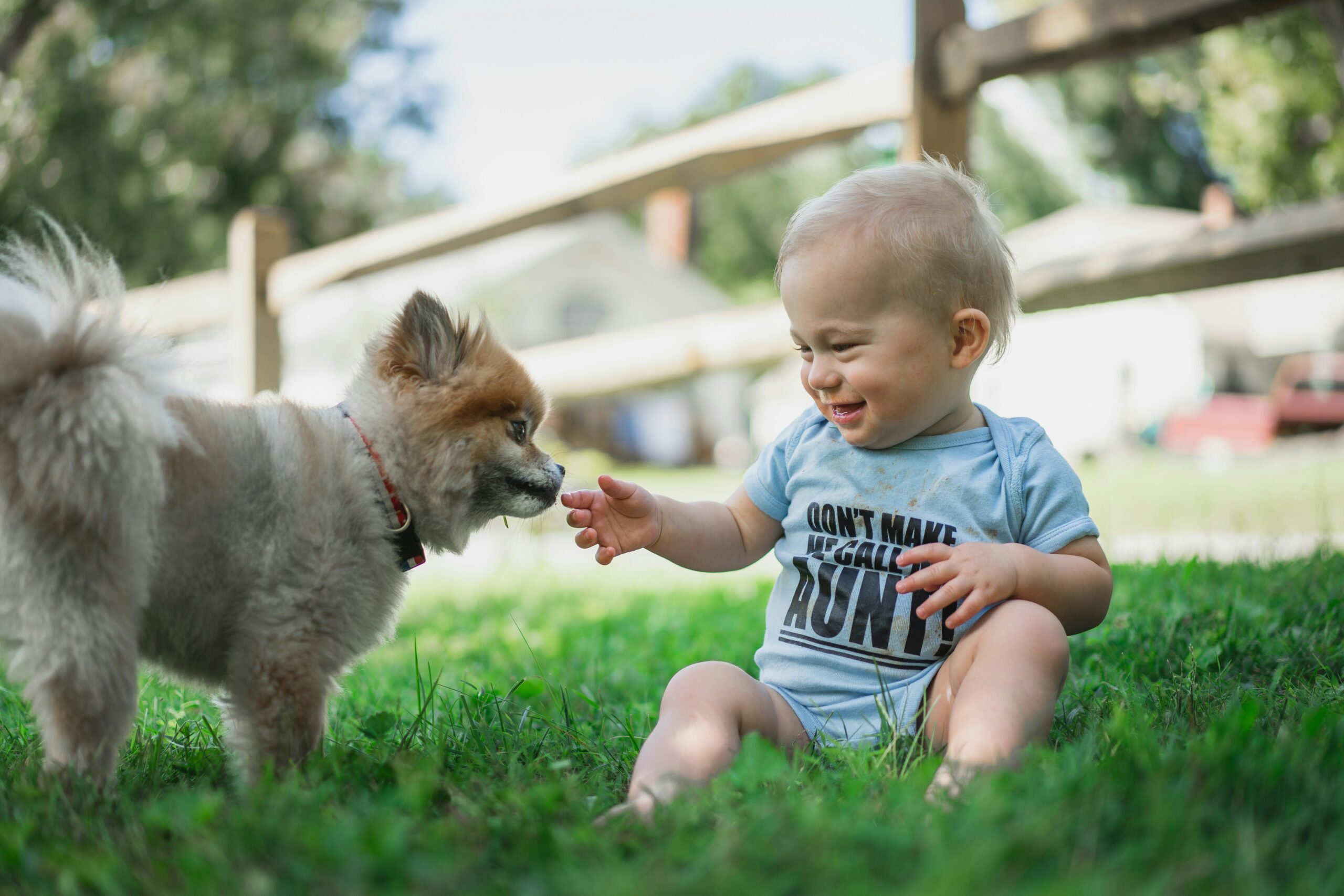It’s an incredible feeling when you have a new member of the family. Welcoming a newborn baby creates excitement and positive vibes at home. However, this positive feeling might impose an opposite reaction from your dog. We’re pretty sure that you want your newborn and Fido to achieve that BFF status in the future, but dogs can be jealous once your baby comes home. The sound of your baby crying can be a strange thing for them. So, before your newborn arrives, it is important to give your pup a time to cope up with the awkward moments.
Like how you keep your dog becomes healthy by providing enough food and shelter, preventing from a dog ear infection or skin allergies, or getting a regular vet check-up, it is essential that you help your Fido learn how to adjust in this transition phase smoothly. We’ve gathered up a few important things to remember when introducing your baby to your dog.
Plan ahead
Nine months are enough to provide your dog a time to adjust to this event. Before you introduce the newborn baby to your dog, you must gradually change your Fido’s regular activities or routine. His behavior matters, so make sure to lead him to the path where he can adapt to the environment. You can start by managing his behavior or changing where he normally sleeps. Teaching basic dog commands can help you in this transition as well. Some experts recommend buying a lifelike doll and introduce it to your dog. You can also work closely with a dog expert if necessary.
Introduce new smell and sounds
Before your baby arrives, incorporate some activities that will allow you to introduce new sounds and smell. Start by playing a recording of baby sounds or the sound of a swing. Let them be familiar and comfortable to hear these sounds, so your Fido won’t feel uneasy once your little one started to laugh or cry.
Bring your baby’s items such as baby powder, shampoo or toys and allow him to sniff from a distance. Play with your Fido using the newborn baby’s blanket, burp cloth or high chairs. Doing this intervention creates a specific ground rule by communicating with him that these items belong to you; thus, you are allowing your dog to play with it.
Be consistent
Though you are transitioning your dog to a new family environment, you may not want them to feel disregarded or less important. Changes in your dog’s lifestyle and routine do not equate to giving them less attention. Maintain consistency by following the routine with less time required. You can still play Frisbee at the park or get your Fido in a daily morning walk and stroll along the neighborhood. With this, you are still making them feel important and secured.
Set ground rules and boundaries
Once your newborn baby comes home, make sure to create specific rules and boundaries. Ground rules are beneficial to create a certain barrier between your baby and dog at the initial phase. This practice helps in establishing respect to your baby. Start doing this by establishing a nursery off-limit. As time goes by, allow your dog to play or sniff your baby’s items or explore inside your little one’s room. Dog commands are helpful in this intervention.
Establish respect and safety
By the time that your little one has started to explore new things, it is important to observe your baby and dog’s behavior. You may want them to have respect for each other. Make sure to teach your baby not to annoy your pet or pull your dog’s ears and tails. On the other hand, keeping your baby 100% safe at all times should also be your priority. Thus, you should have safety zones for your baby and the Fido. Each private space is important as well. By doing this, you’re not only establishing mutual respect, but it is also building a start of a life-long relationship.
Final Thoughts
With the new addition to your family, the vital role of a pet owner is to ensure that both the dog and newborn are 100% safe and secured. It is important to make them feel valued and loved all the time. Why not? These two adorable creatures can bring smile and happiness inside the house.




